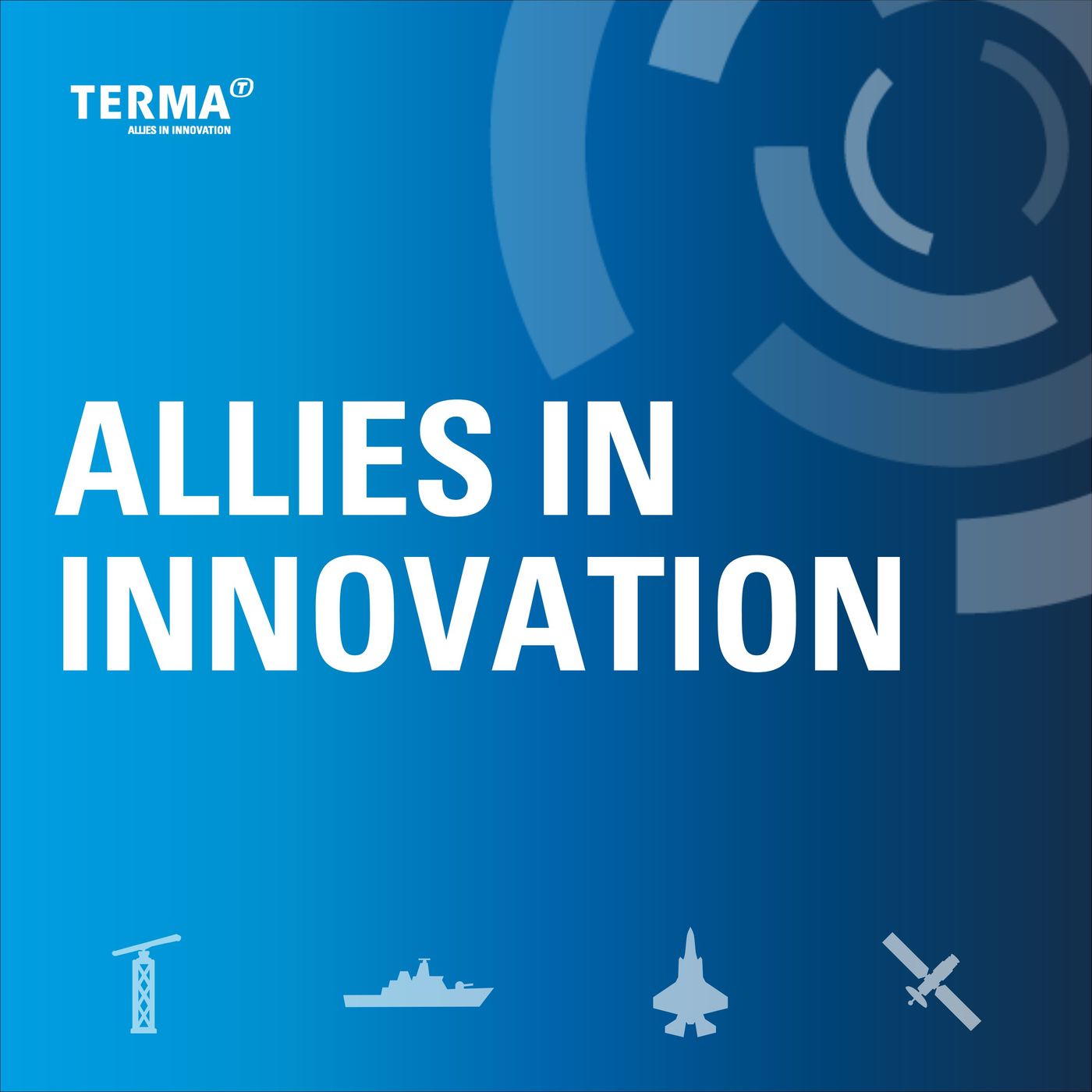
How do you keep communication systems in space agile, secure, and mission-ready? Software-defined radio (SDR) might be your best answer.In this episode of Allies in Innovation, host Mikkel Svold talks with Andreas Stren, lecturer at the University of Applied Sciences Wiener Neustadt, and Alexander Spaniol, RF engineer at Terma. They break down how SDR shifts control from hardware to software, enables remote updates, faster adjustments to mission demands, and better risk management.They also get into real-world SDR use cases, cybersecurity challenges, and why the tech could be a game-changer for ground stations and smaller space operators.If you’re into the current or future space communication systems, this one’s worth a listen.In this episode, you'll learn about:Key benefits of software-defined radio in space missions.How SDR enhances flexibility and re-configurability for satellites.Overcoming SDR challenges: radiation effects and cybersecurity.The role of virtualization in satellite communication solutions.Future prospects: cost-effective and accessible ground stationsEpisode Content00:00 Introduction to Software-Defined Radio and Guests 00:47 What is Software-Defined Radio (SDR)? 01:43 Transition from Hardware to Software-Defined Systems 03:15 Advantages of Reduced Hardware in Space Missions 05:39 Flexibility and Reconfigurability in SDR Applications 08:12 Risks and Challenges of Using SDRs in Space 12:33 Cybersecurity Concerns in Software-Defined Systems 14:07 Connection Between SDR and Virtualization 16:22 Cost-Effectiveness of Virtualized Ground Stations 17:22 Educational Impact of SDR in Aerospace Training 28:42 Future Trends in SDR for Communication ServicesProductionThis podcast is brought to you by Terma.This podcast is produced by Montanus.ProductionThis podcast is brought to you by Terma. This podcast is produced by Montanus.
No persons identified in this episode.
This episode hasn't been transcribed yet
Help us prioritize this episode for transcription by upvoting it.
Popular episodes get transcribed faster
Other recent transcribed episodes
Transcribed and ready to explore now
#2425 - Ethan Hawke
11 Dec 2025
The Joe Rogan Experience
SpaceX Said to Pursue 2026 IPO
10 Dec 2025
Bloomberg Tech
Don’t Call It a Comeback
10 Dec 2025
Motley Fool Money
Japan Claims AGI, Pentagon Adopts Gemini, and MIT Designs New Medicines
10 Dec 2025
The Daily AI Show
Eric Larsen on the emergence and potential of AI in healthcare
10 Dec 2025
McKinsey on Healthcare
What it will take for AI to scale (energy, compute, talent)
10 Dec 2025
Azeem Azhar's Exponential View